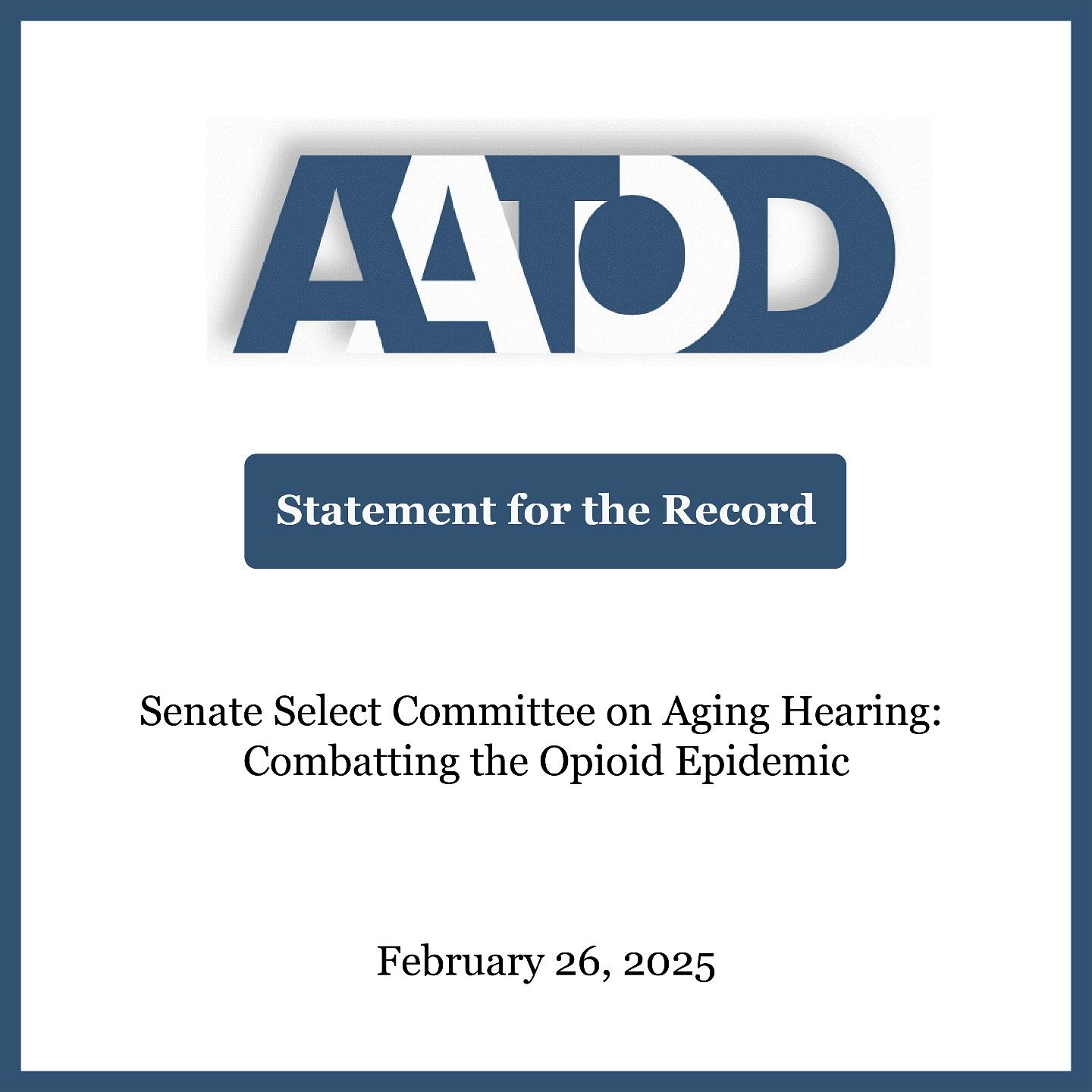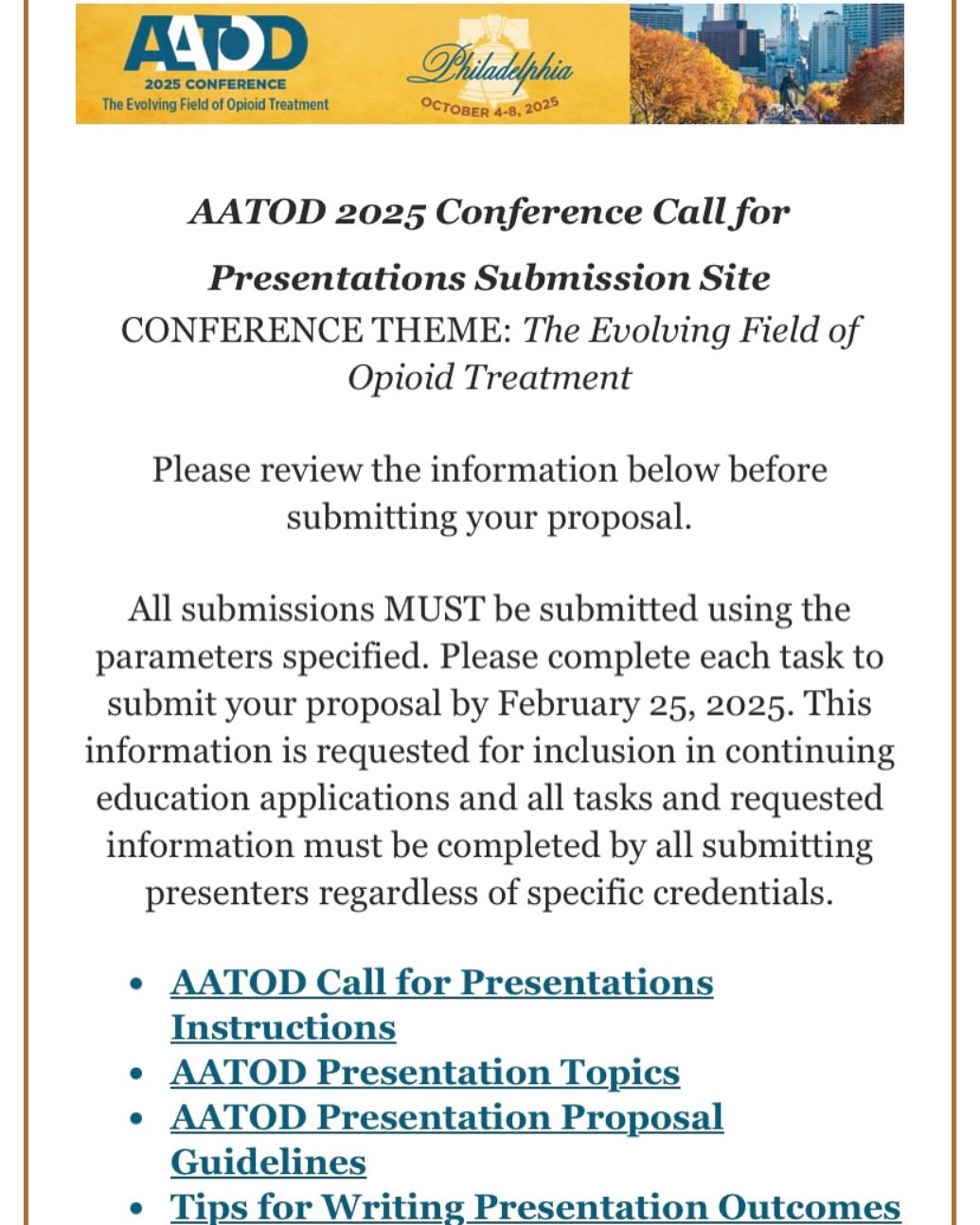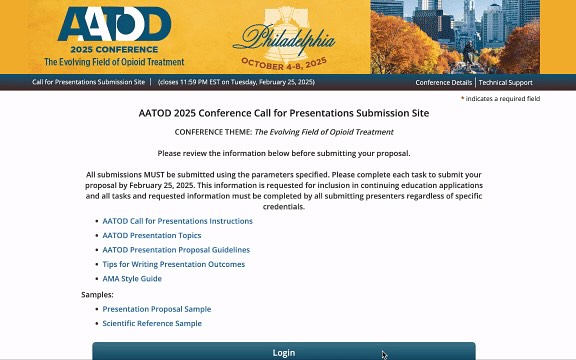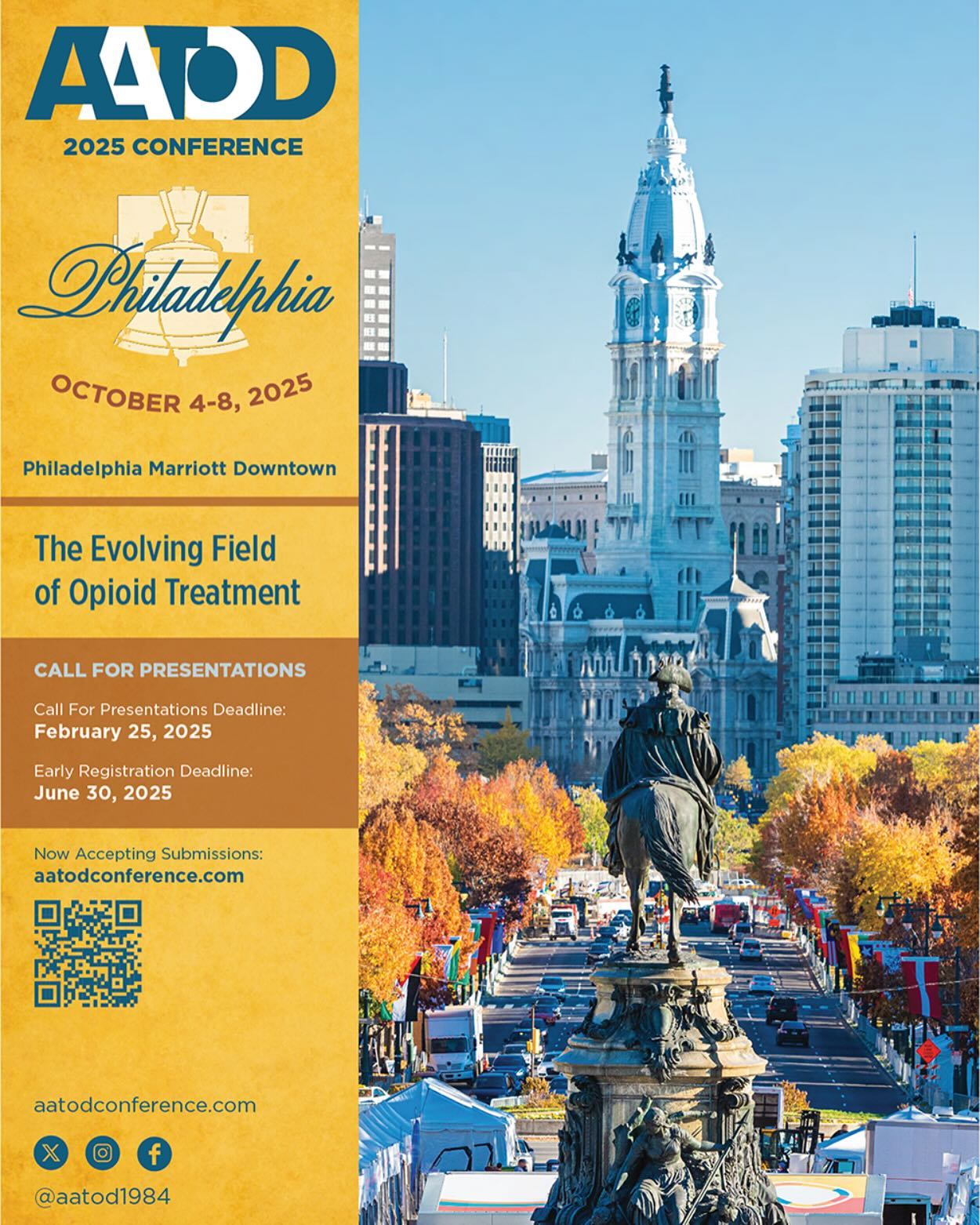Increasing the Number of OTPs in the United States
In 2017, when the Five-Year Plan was approved by the Board of Directors, there were approximately 1,475 operating OTPs in 49 states, the District of Columbia, Puerto Rico and the Virgin Islands. As of December 2019, there are just over 1,700 OTPs operating in the states and territories. It is anticipated that the numbers will steadily increase during 2020 and in subsequent years.
We will work with federal and state agencies to conduct a patient census check since I believe that there are more than 450,000 patients in treatment at the present time.
Increasing Access to Third-Party Reimbursement for OTPS
At the time the Five-Year Plan was approved by the Board in 2017, there were 16 states that did not provide access to Medicaid reimbursement for OTP services. Over the past 18 months, five new states have implemented Medicaid reimbursement services including Indiana, Illinois, West Virginia, Kentucky and South Carolina. This leaves 11 states without Medicaid coverage for Medicaid eligible patients in OTPs. We submitted a policy paper to CMS/Medicaid, highlighting the fact that these states should be implementing Medicaid reimbursement for OTP services. We will continue to work with CMS/Medicaid over the course of 2020 and beyond to increase coverage for all of the services.
Medicare
After significant resources and time, especially by the AATOD Board of Directors and our associates in the MAT Leadership Council, we were able to convince Congress to implement the Medicare rate during the Fall of 2018. We have worked with CMS/Medicare through 2019 in anticipation of the Medicare rate being implemented on January 1, 2020. This represents a considerable accomplishment on behalf of the Association, it’s member programs and certainly the Medicare eligible patients. Medicare clearly heeded our caution in the recently submitted document, which included the MAT Leadership Council’s recommendations and the reports from the 11 states.
We anticipate that thousands of Medicare eligible patients will gain access to care in 2020 and this number is expected to increase over the subsequent years.
We are likely to implement some Medicare webinars as a method of further guiding the implementation of this rate during the early part of 2020.
Congressional Education Initiatives
We will continue to build on our prior work in meeting with members of the House and Senate in 2020. At the present time, we will focus on opposing the Tonko bill and its Senate counterpart in addition to working against the deregulation of DATA 2000 services.
The complicating factor are some positions held by the medical societies in the United States in addition to some public health/harm reduction group interests.
We will also continue our work with Congresswoman Kuster and Senator Markey concerning criminal justice legislation. We will continue to focus our efforts on changing the existing legislative language to include all federally approved medications to treat opioid use disorder, rather than the more complicated reference to agonists/antagonists medications.
We will continue our educational efforts by convening Board meetings and Hill Visits in Washington DC during 2020 and I will continue working with federal and state agency partners in support of our strategic planning initiatives.
Federal Agencies
We are focusing our work with SAMHSA in several different areas for 2020. The first is encouraging them to develop planning objectives so that OTPs can better utilize telehealth/telemedicine services.
We issued a white paper to the American Academy of Addiction Psychiatry in 2019, focusing on some basic opportunities and this material has already been submitted to SAMHSA and the Drug Enforcement Administration.
SAMHSA has expressed an interest in working on this and this will be on our agenda for 2020.
We also anticipate that after several years of work, the DEA will publish their mobile van regulations and it is anticipated that these regulations will be published by January 2020. We are encouraging the OTPs to use mobile vans as a method of increasing access to services in rural and suburban areas.
We are also encouraging the DEA to publish revised Best Practice Guidelines for 2020 after years of working on the revisions. It is anticipated, based on recent communication with DEA representatives, that these revised guidelines will be published by the Spring of 2020.
We will also work with OTPs and SAMHSA to increase the number of satellite medication units that will be connected to the hub OTP sites.
This has not been a well utilized opportunity and it can be done, even within the existing framework of federal regulations. This will be an opportunity for OTPs to work in conjunction with the bricks and mortar satellite medication units as access to care is expanded, especially in rural and suburban areas of the United States.
AATOD will also work with in conjunction with the United States Department of Agriculture as a method of exploring the funding for these opportunities.
The Department of Agriculture has maintained long ties with rural communities and the expansion of drug treatment services are likely to fit within their portfolio. This will be explored in greater depth in 2020.
International Work
We will continue our work with the United Nations Office on Drugs and Crime and the World Health Organization to expand access to quality patient outcomes in substance abuse treatment programs. We participated in an international conference in Vienna during July 2019 under the auspices of the United Nations Office on Drugs and Crime and the World Health Organization. A detailed report was submitted to both agencies as a method of further developing this quality-oriented system of care.
Fortunately, UNODC and WHO representatives support the use of a comprehensive and holistic approach to treating opioid use disorder, which is not the same as a medication first/medication only approach.
We will join our international partners during January 2020 in a meeting in Washington, DC as we further develop such standards of care.
This work is also being done in conjunction with the World Federation for the Treatment of Opioid Dependence and the United States State Department.
Criminal Justice
We have continued our work in the criminal justice sector, focusing on correctional facilities and drug courts. This was clearly in evidence during the recent AATOD Conference in Walt Disney World where the National Commission on Correctional Health Care and the Florida Association of Drug Court Professionals convened preconference meetings, designed to provide different models of care and educational opportunities.
We will replicate this work in planning for the April 2021 Conference in Las Vegas, Nevada. We will also be developing a strategic mapping plan with the Legal Action Center, under a grant from Mallinckrodt, as a method of cementing the progress that has been made over the course of the last several years.
In fulfilment of this vision, it is anticipated that thousands of inmates will be transferred from correctional settings into OTPs and DATA 2000 practices upon release. The criminal justice/correctional facility models of care in a number of states, especially in Rhode Island and Connecticut, will pave the way for increased access to such coverage in correctional facilities,
We will continue our work with the National Association of Drug Court Professionals and their member chapters as a method of continuing to educate drug court judges about the value of using all three federally approved medications within the OTP setting, relating to drug courts.
Conclusion
While we anticipate that there will continue to be a number of challenges in how we expand access to care in OTPs, we expect that 2020 will mark another year of great progress.
There will be a continued push on the medication first/medication only as a public health/harm reduction initiative and we will oppose that as well as the deregulation of DATA 2000 training. Our plan is to increase access to quality care based on the founding vision of the Association when it was a regional coalition in 1984.
This report provides an update to the plan approved in 2017 and is consistent with the elements of AATOD’s Five-Year Plan.






























